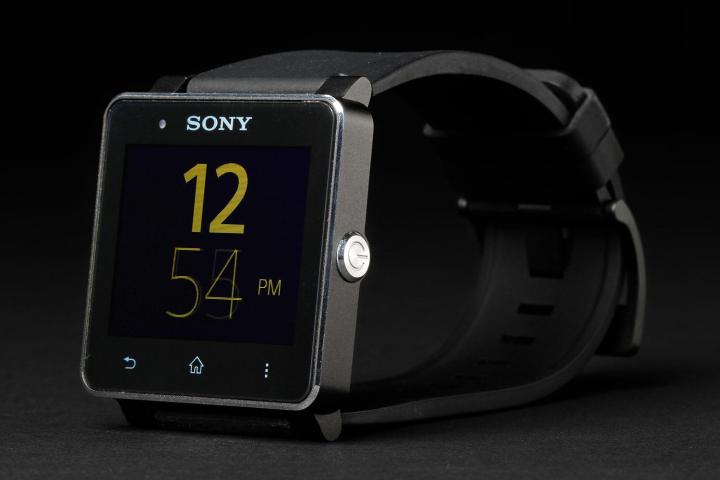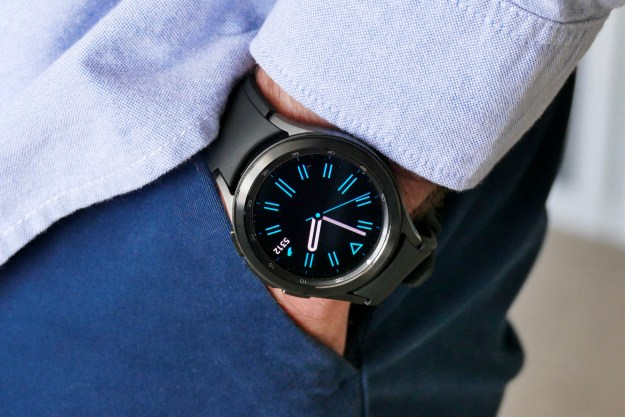
In spite of HTC neglecting to mention anything about a supporting device for Android Wear during its HTC One M8 launch, today remains a strong news day for wearable tech.
In an interview with CNET, Ravi Nookala, the head of Sony Mobile’s U.S. arm, said that his company is shunning Android Wear, and will instead use their own Android-based Smartwatch platform.
“We’ve already invested time and resources on this platform, and we will continue in that direction,” Nookala said.
Android Wear is a modified version of the Android OS for watches and wearable devices. Since such devices have small screens, it relies heavily on Google Now voice recognition.
So far, HTC, LG, Asus, and Motorola have signed on to make Android Wear hardware. There are already a number of Android Wear products in the pipeline. LG is up first with the G Watch. The company tweeted a photo of the smartwatch on Monday. (No word yet on the specs.) LG’s idea of a timeline for release is a tweet that said “Coming Soon!”
Meanwhile, Motorola also recently released details for its Moto 360 smartwatch. It can be controlled through gestures and is probably the only smartwatch to date that can go with an Armani suit.
Sony’s Smartwatch platform will have its own set of applications. Nookala said that the Lifelog app, which accompanies the Smartband activity tracker, will be a part of future product releases.
Updated on 3-26-2014 by Jeffrey Van Camp: In a tweet, Sony has clarified its stance on Android Wear. It’s not using it yet, but it might in the future.
Lots of talk out there today. We’re focused on SW2 & SmartBand right now, but door’s def not closed to #AndroidWear – early days…
— Sony Xperia News (@SonyMobileNews) March 25, 2014
It looks like the success of Sony’s proprietary products may determine whether it adopts Android.
Article originally published on 3-25-2014.
Editors' Recommendations
- Google Pixel Watch vs. Samsung Galaxy Watch 5: which is the Wear OS champ?
- The most common Google Wear OS problems and how to fix them
- The Moto Watch 100 might skip out on Google’s Wear OS entirely for a custom OS
- The best Wear OS apps for your Google-powered smartwatch
- Google is finally bringing YouTube Music to older Wear OS watches


